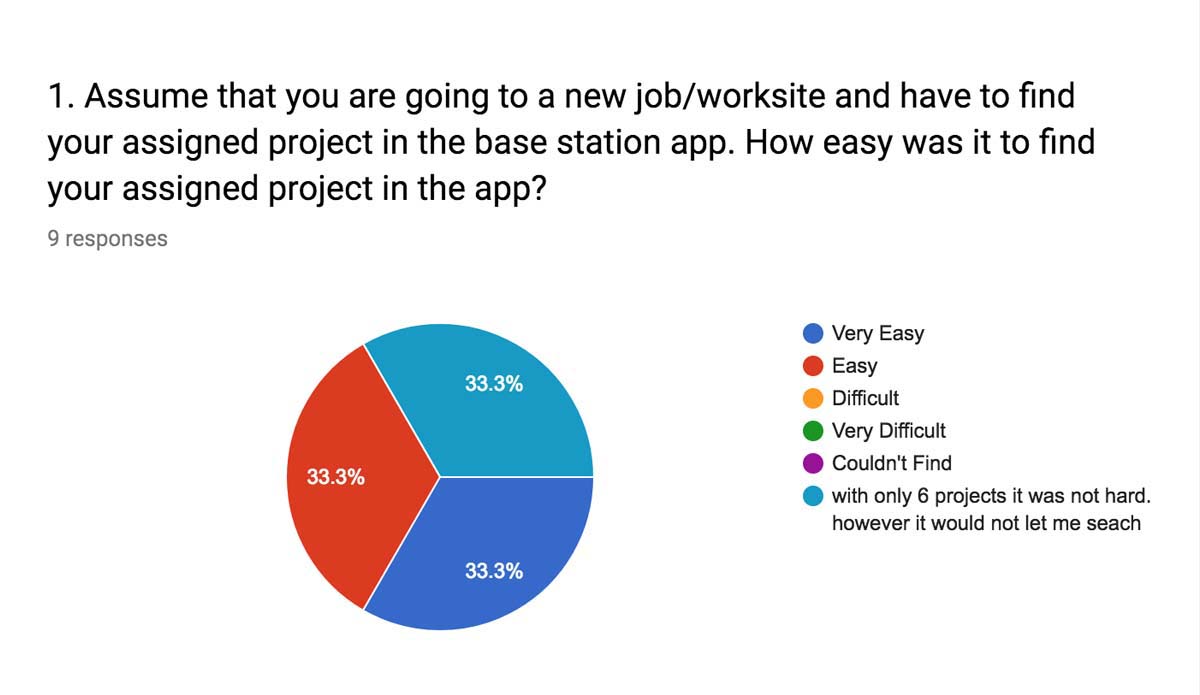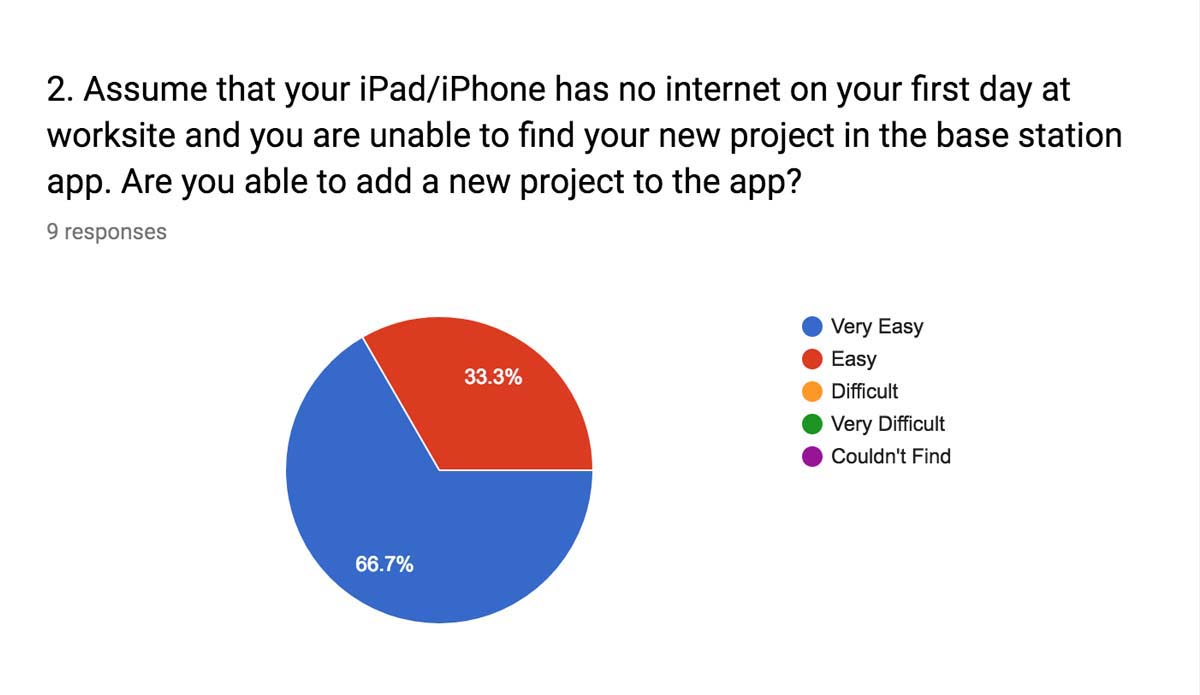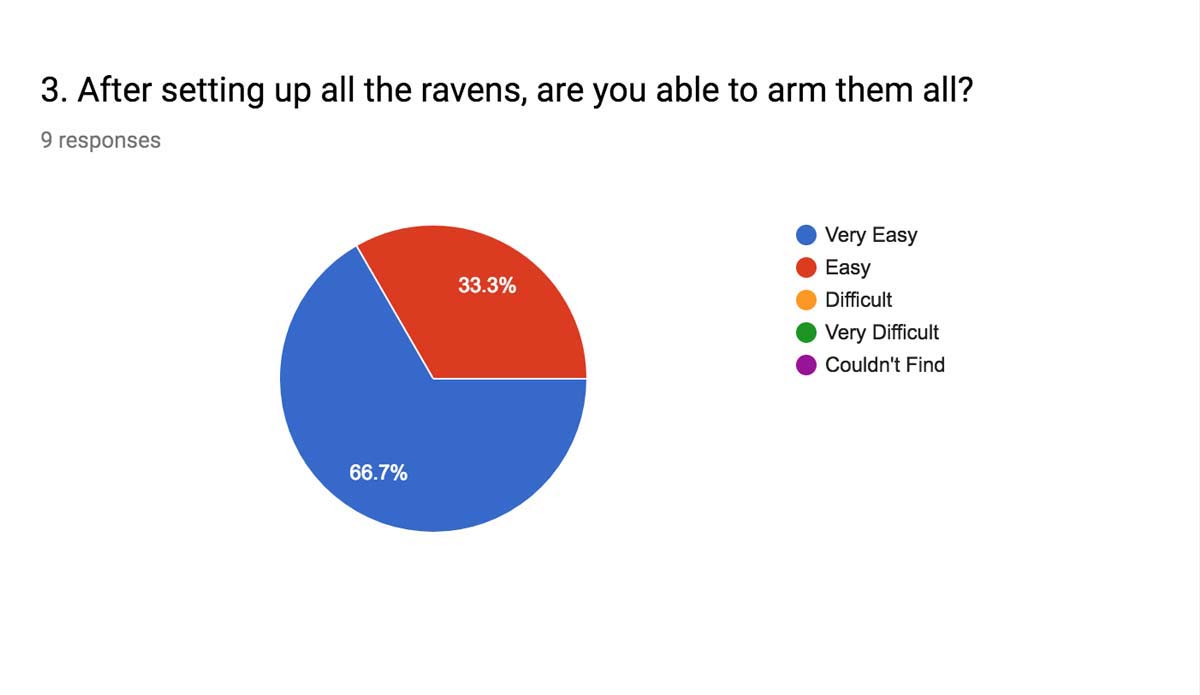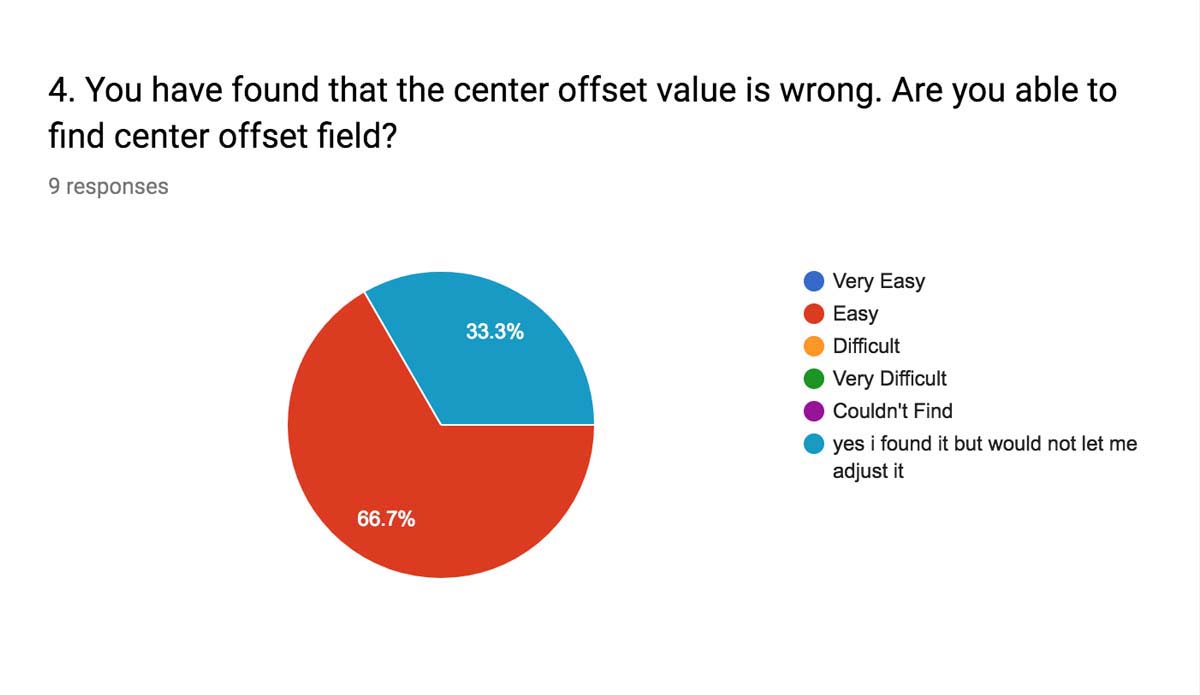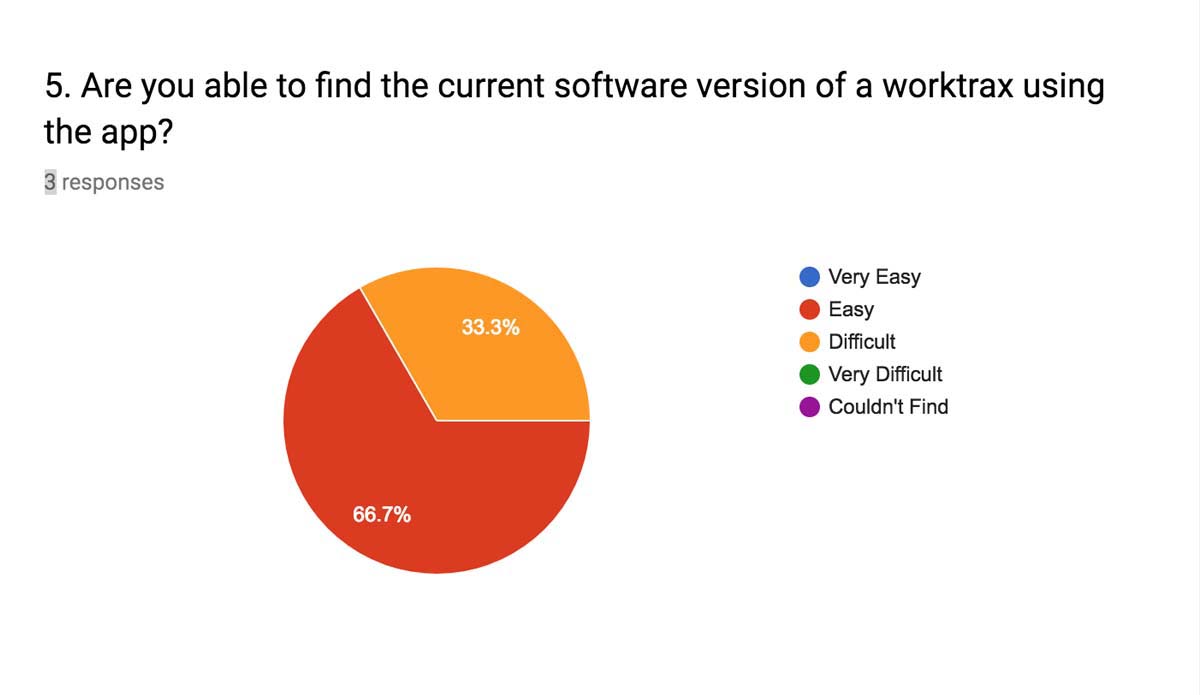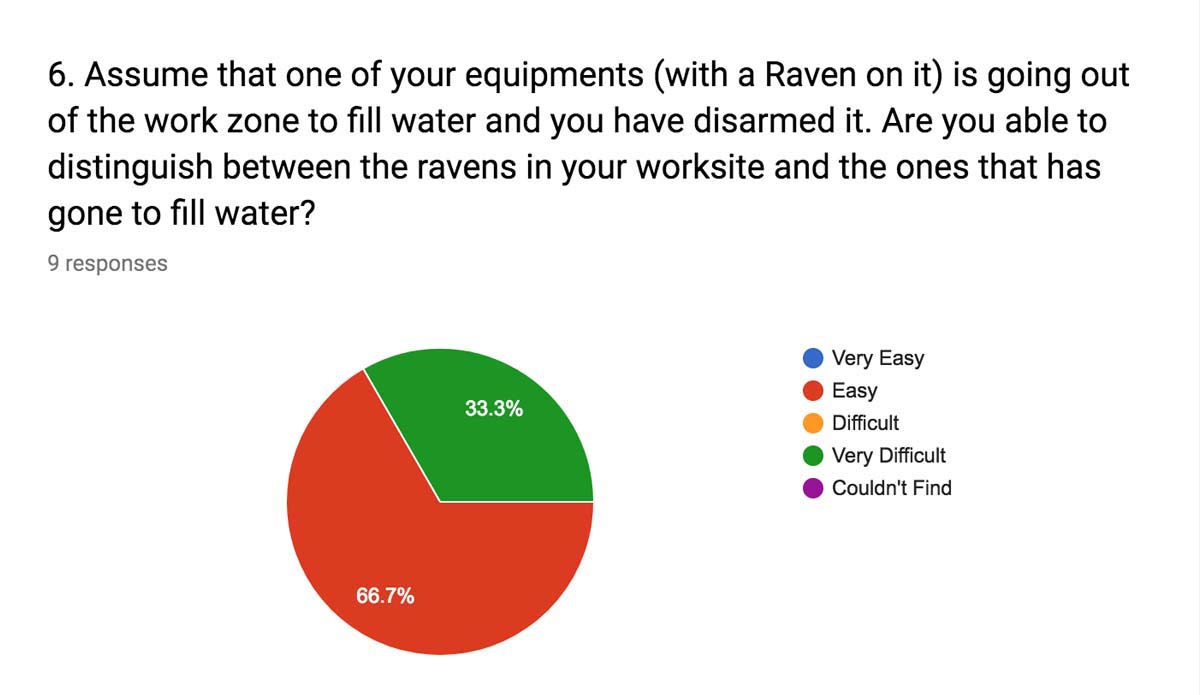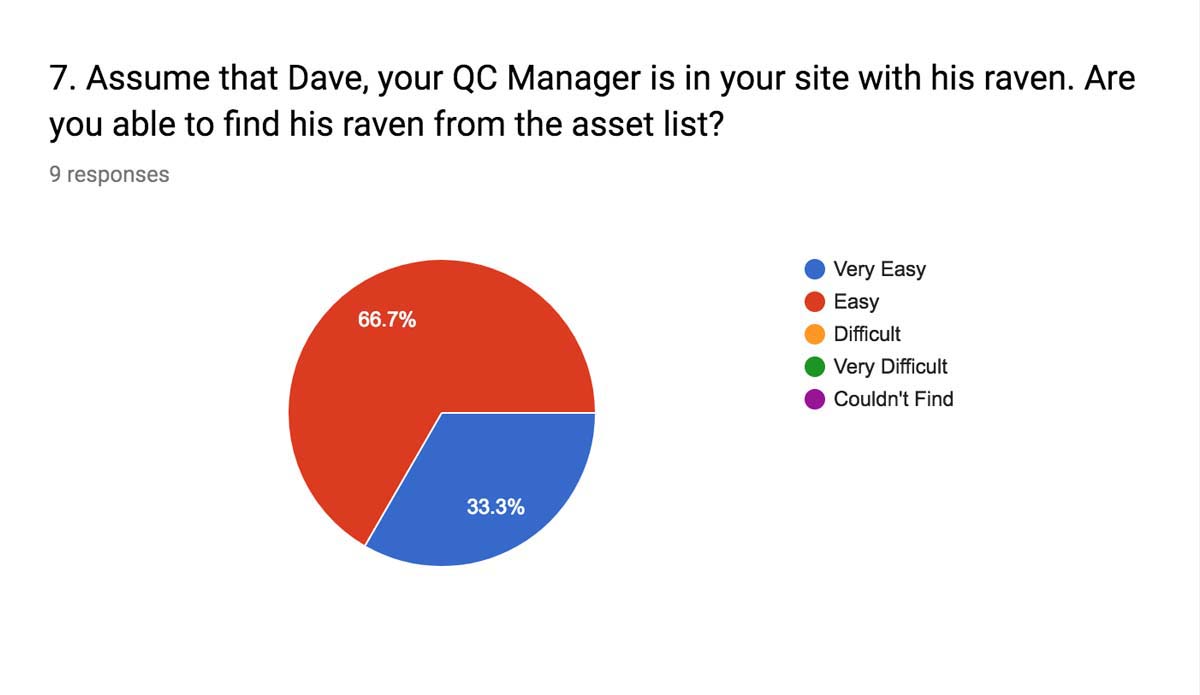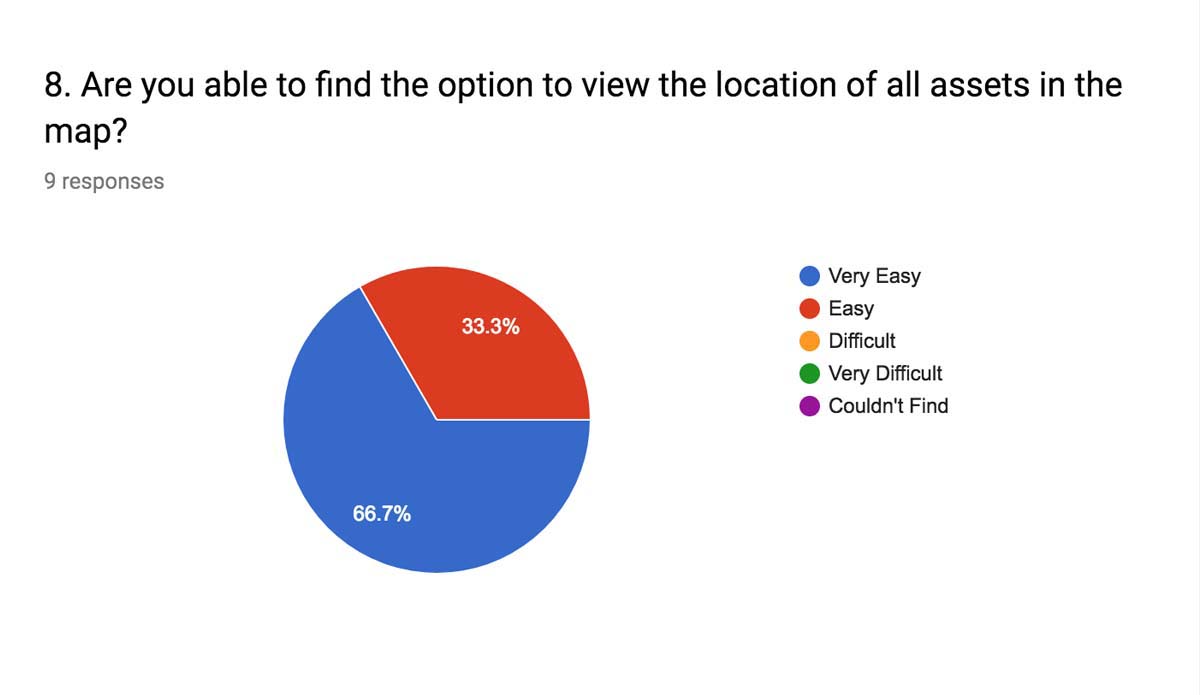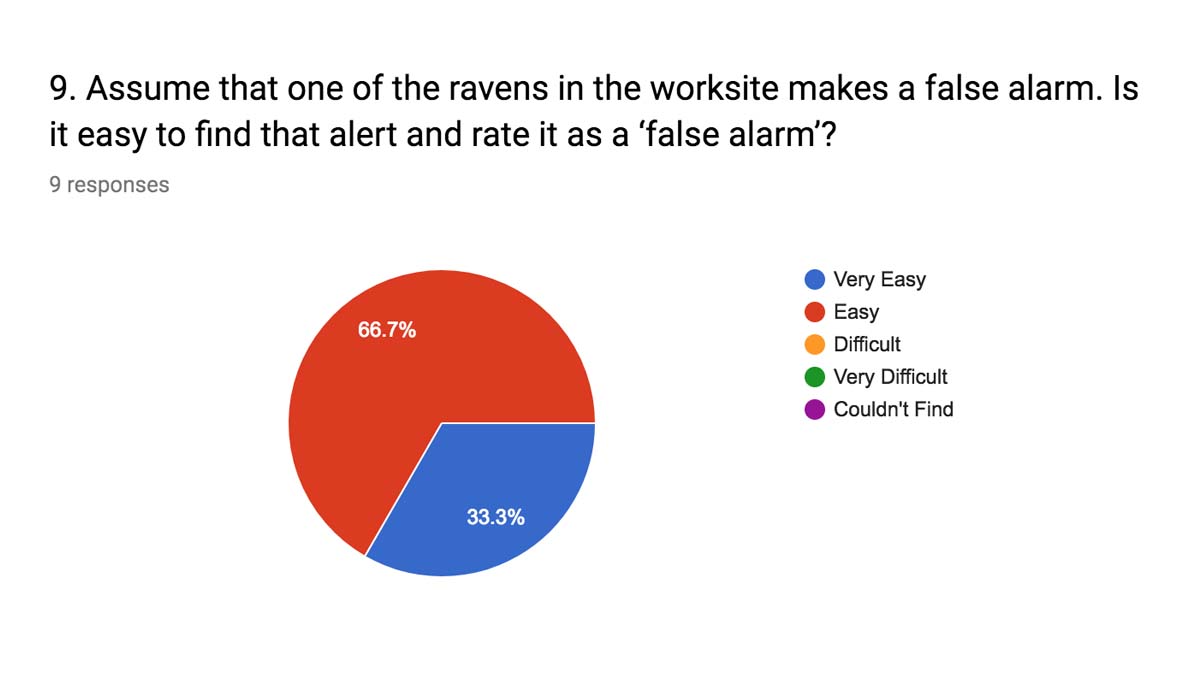Statement of Originality & Confidentiality
To comply with my non-disclosure agreement, I have omitted and obscured confidential information in this case study. All the below information belongs to the organization whose name appears on the document and is to be treated as confidential. It is used to demonstrate my work experience and related skills. Permission has been granted for the product to be used as documentation of my work. Please do not disclose any information to any person or persons who would use it for the purpose outside the possibility of employment.
OVERVIEW
Every day, highway and street construction workers are at the risk of fatal and serious nonfatal injuries while working in the vicinity of passing motorists, construction vehicles, and other types of equipment. Each year, more than 100 workers are killed and over 20,000 injured in the highway and street construction industry.
Oldcastle Materials is the holding company for CRH's American operations and is a leading supplier of aggregates,
asphalt and construction services in the US.
From the fall of 2012 to the spring of 2013, Oldcastle Materials lost four of their members nationwide. Three of those four employees were lost within an 18-hour period. As with all such fatalities, it was a devastating one. Soon, some workers left their jobs for a safer working environment.
Oldcastle Materials decided to invest in the lives of their employees, to make a safer working environment. They decided to come up with a system that would combine human efforts with cutting-edge technology; a system that would always be vigilant, working and non-fatigued.
Oldcastle decided to partner with ARTIS, LLC to develop an innovative work zone intrusion detection and alarm system called Advance Warning And Risk Evasion (AWARE). QBurst was approached by Oldcastle to transform the existing POC application into a user-friendly application with expanded features & functionalities, to ensure their workers' security.
AWARE SYSTEM
The AWARE system is a radar-based system that can detect a potential work zone intrusion from multiple vehicles, and, simultaneously, warn the errant driver and workers who may be in harm’s way. The system detects a threat by determining speed, position, trajectory, and stopping distance; thereby providing valuable seconds that can save the lives of the workers and the motoring public. The system consists of a sensor that includes electronically-scanned radar, high-precision differential GPS, accelerometers, gyroscopes and magnetometers for position and orientation sensing. High-definition videos and several wireless interfaces are used to monitor traffic in the area. All of this is to broadcast a warning when an intrusion is detected. A second sensor includes a tracking device that is typically strapped to the workers’ hard hats, vests or armbands with high-precision position sensing. In order to receive warning signals from the other system sensor, it includes wireless interfaces. If the worker is in the path of an oncoming threat, a vibrator motor and acoustic buzzer will alert the user that a threat is approaching. Lights and audible alerts will also be activated if a threat is detected.
CHALLENGE
Firstly, an understanding of the whole functioning of the worksite from the beginning of a worker's day, existing safety procedures and interaction with sensors, had to be acquired. Secondly, the whole function of the radar system and communication of sensors with each other had to be examined. The technological feasibility of each interaction and the functionalities that laid out on to the interface had to be considered. The challenging part was to work within the shoestring budget and time allotted to the UX phase (less than two weeks).
“A small error or delay in the feedback can lead to major casualties!”
MY ROLE & DESIGN PROCESS
I led the Qburst design team for the AWARE App across iOS, Android, and Web since the outset of the project in February 2017. I’m still on the project to identify and address the customer pain-points, design tweaks based on the user testing and technological challenge. It was also my responsibility to make sure that the initial UX phase of the project was completed on time.
I followed the human-centered design and lean UX design thinking process to make sure that my design decisions were supported by user research and feedback.
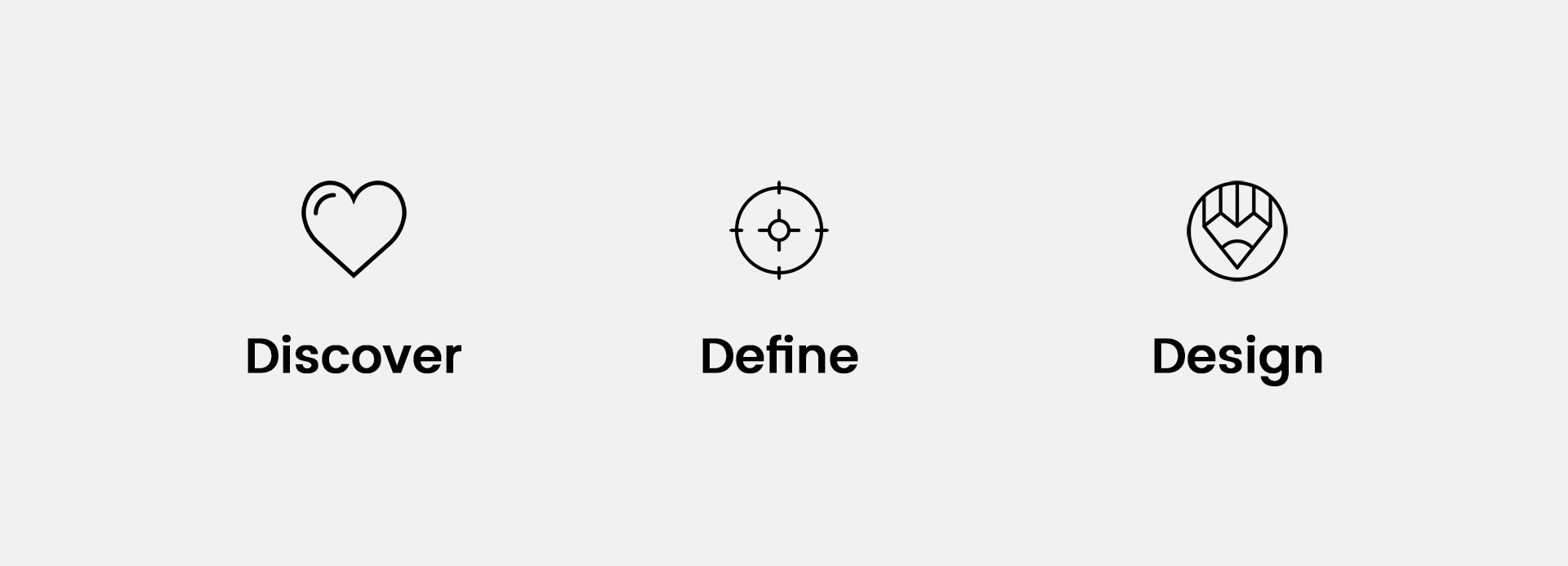
Discover
User Research
Since every project needs an initial research before the designing phase sets in, an understanding of the working procedure of a road construction site had to be taken up (as I had a limited understanding of the subject prior to this!). It is necessary to be informed about the needs, motivations and working style of the users for whom the application was to be designed for. What could be better than a direct visit? I went for an onsite visit of two weeks to Utah, the United States of America from QBurst.
We had plans of visiting a construction site along with the project coordinators from OldCastle Materials & Artis. The visit proved beneficial as we could interview the users to know their concerns, needs and mental models. We tried to create a miniature work site in our conference room for reference during discussions.
Competitive Analysis
I was very curious to find out about other construction security systems currently in place. As part of my research I found a few of them but, none of them had a mobile application to control the entire system. Most of the sensors were non-advanced and premature.
Key Insights
• The primary users of the mobile app are not used to advanced technology.
• Primary user age group is mostly 25 – 45yrs.
• The mobile app users might work in extreme conditions (smoke, dust, hot).
• Site supervisors need to manage the working of the radars manually (switch on/ off) several times during the working hours.
• Working sites might be in remote locations without good connectivity.
• Administrators cannot assess the effectiveness of the system offsite.
• There are several other technical challenges that need to be envisioned while plotting UI because the radars are not fully functional.
• The construction workers use gloves, goggles and have ‘fat-fingers’.

Initial Disscussion Sketches
Define
Persona
From the user research takeaways and validated assumptions, I created few personas to understand some of the traits of the potential user and to find out if the feature is usable.
Application Map
During the brainstorming sessions with Oldcastle and Artis team members, I created a mind map to get a larger picture of the entire system. This helped us to consider every feature that was discussed with the team and bridged gaps in further communications. We discussed about the user needs and the features that the stakeholder wanted to manage and coordinate the entire system.
User Flows
I created user flows for the main tasks that the user performs in the application. It helped me to reduce the number of steps or clicks that a user would need to complete a task. User flows are very useful when it comes to focusing on a specific task.
Key Insights
• Single tap to switch on/ off the Radars on site appeared handy.
• A visualizer screen to view the videos of the intrusions was practical.
• A map view of the location and the position of assets on the work site.
• A map of the location and the ability to view the position of assets on the work site was useful.
• Information to align Raven was not easily understood or found.
• Easy view of the alerts generated by different sensors on site appeared slightly confusing for few users.

Persona 1 - Mobile App User

Persona 2 - Web App User

Application Map

User Flow 1

User Flow 1
Design
Paper Sketches
Based on the user research findings and key task user flows, I did some initial paper sketches of the key screens on the spot, so that I could get the feedback from the entire team. Following this, I made iterations to the initial drafts until we arrived at a common ground.
Wireframes
All the hand drawn paper sketches are then moved onto higher fidelity digital wireframes using Axure. These clickable wireframes are used to take initial feedback from the users and the stakeholders.
Prototype
Based on the stakeholder and user feedback, wireframes were polished and finalized screens were moved to do the branding & visual design. All the screens were then linked to create a simulation of the actual app using Invision which is used for user testing. Some of the testings were taken in person where I had a better understanding of user’s notions and thoughts.

Ideation sketches of the main screens


Designs in collaboration with VD team.

Designs in collaboration with VD team.

Designs in collaboration with VD team.








USER TEST RESULTS
I have conducted user testing with 9 users. They were asked to complete few tasks. I found some patterns in areas where the users had confusion and ended up making errors. There were confusions with wording in some instances. I revised the wireframes based on the test results.
REFLECTION AND NEXT STEP
We have received numerous positive feedback from users we tested, and there were a few negative feedbacks as well. Unfortunately, we didn't have much time to complete the UX research phase. If I had more time and budget, I would love to spend time on user testing on the actual work site. And this would have resulted in further iterations to include more intuitiveness to the interface.

With AWARE Team in Utah






